A female patient came to Studio Cortellini in Riccione in Italy in order to improve not just her ability to chew but also the overall aesthetic appearance of her teeth. A clinical examination revealed the presence of several erosive lesions that contributed to her chewing problems and had caused a decrease in enamel thickness. This reduction in enamel, combined with a number of discoloured composite restorations, negatively affected the aesthetics of her smile.
New types of cubic and tetragonal multilayered zirconia, available in Kuraray Noritake Dental’s KATANA Zirconia range, made it possible to plan a number of extremely conservative crowns for all different areas of the patient’s mouth.
Dr Davide Cortellini, owner of Studio Cortellini, carried out conservative preparations without the need for anaesthesia. In the maxillary arch, the aesthetic zone was prepared for full veneers, while the mandibular anterior teeth were treated for conventional lithium disilicate veneers without any interproximal separation.
Digital impressions were taken using an intra-oral scanner; Angelo Canale, owner of Canale dental laboratory in Rimini in Italy, designed the zirconia restorations using CAD software. The restorations were then milled and aesthetically characterised by the dental ceramist Angela Giordano of the Canale dental laboratory.
Three different types of KATANA Zirconia were selected for the restorations: KATANA Zirconia ML for the molars, STML for the premolars and UTML for the anterior teeth. According to Dr Cortellini and Canale, this specific configuration represents the optimal balance between strength and aesthetics. The new types of multilayered and cubic zirconia allow for a natural aesthetic outcome thanks to the gradual colouring and the tooth-like translucencies of the KATANA Zirconia range.
Dr Cortellini cemented the crowns with Kuraray Noritake Dental’s PANAVIA V5 cement and bonded the mandibular veneers with the company’s CLEARFIL SE BOND adhesive solution.
“The KATANA Zirconia material was a good solution for the patient because it made it possible to obtain an optimal combination of aesthetics and strength while using different types of KATANA with different levels of translucency,” Canale said.
Having first become familiar with Noritake’s products in 1993, when he undertook a dental ceramics class conducted by the legendary Hitoshi Aoshima in Italy, Canale has been using KATANA Zirconia at his dental laboratory since 2013, when the ML line was launched.
Canale introduced Dr Cortellini to Kuraray Noritake Dental’s zirconia in 2013, while the dentist was already using the company’s range of PANAVIA cements and CLEARFIL composites and adhesives in his everyday workflow. The frequent collaborators have been working with different KATANA Zirconia varieties for more complex cases for about three years now, according to Dr Cortellini, and the results have been much appreciated.
In this case, “the patient was very satisfied with the final outcome of this restoration,” he declared.
A PDF of this clinical case can be accessed at the following link: Clinical case: Full-mouth rehabilitation with three different types of KATANA Zirconia.
In 1983, Kuraray introduced the patented MDP monomer in its PANAVIA EX cement. 35 years later, MDP monomer-based resin cements have been scientifically ...
HATTERSHEIM AM MAIN, Germany: It is both a blessing and a curse that different zirconia materials are used depending on the indication—a blessing because ...
HATTERSHEIM AM MAIN, Germany: Using different zirconia materials owing to patient-specific needs and indications can allow for the best possible outcomes, ...
Kuraray Noritake Dental’s KATANA Zirconia ML was the first zirconia on the dental market with integrated shade gradation. First presented at the ...
When it was first introduced to restorative dentistry in the early 2000s, zirconia was an opaque, unnatural-looking substance with a chalk-like whiteness. ...
HATTERSHEIM AM MAIN, Germany: From 1 July onwards, Kuraray Noritake Dental’s KATANA Zirconia YML, the latest evolution in multilayered zirconia, will be ...
KATANA Zirconia Block (Fig. 1) has hardly any features in common with the zirconia that was so popular in dental laboratories two decades ago and was used ...
When it comes to the aesthetic performance of restorations in the anterior region, a key aspect to consider is translucency—the ability of the material to...
The advancements in zirconia in contemporary dentistry allow for a wider range of applications, including in the anterior region, and for chairside ...
Users of dental zirconia are really spoilt for choice these days. Countless manufacturers offer zirconia materials that differ in their mechanical and ...
Live webinar
Wed. 28 January 2026
11:00 am EST (New York)
Dr. Algimante Lošytė – Jančė
Dr. Riccardo Ammannato DDS



 Austria / Österreich
Austria / Österreich
 Bosnia and Herzegovina / Босна и Херцеговина
Bosnia and Herzegovina / Босна и Херцеговина
 Bulgaria / България
Bulgaria / България
 Croatia / Hrvatska
Croatia / Hrvatska
 Czech Republic & Slovakia / Česká republika & Slovensko
Czech Republic & Slovakia / Česká republika & Slovensko
 France / France
France / France
 Germany / Deutschland
Germany / Deutschland
 Greece / ΕΛΛΑΔΑ
Greece / ΕΛΛΑΔΑ
 Hungary / Hungary
Hungary / Hungary
 Italy / Italia
Italy / Italia
 Netherlands / Nederland
Netherlands / Nederland
 Nordic / Nordic
Nordic / Nordic
 Poland / Polska
Poland / Polska
 Portugal / Portugal
Portugal / Portugal
 Romania & Moldova / România & Moldova
Romania & Moldova / România & Moldova
 Slovenia / Slovenija
Slovenia / Slovenija
 Serbia & Montenegro / Србија и Црна Гора
Serbia & Montenegro / Србија и Црна Гора
 Spain / España
Spain / España
 Switzerland / Schweiz
Switzerland / Schweiz
 Turkey / Türkiye
Turkey / Türkiye
 UK & Ireland / UK & Ireland
UK & Ireland / UK & Ireland
 Brazil / Brasil
Brazil / Brasil
 Canada / Canada
Canada / Canada
 Latin America / Latinoamérica
Latin America / Latinoamérica
 USA / USA
USA / USA
 China / 中国
China / 中国
 India / भारत गणराज्य
India / भारत गणराज्य
 Pakistan / Pākistān
Pakistan / Pākistān
 Vietnam / Việt Nam
Vietnam / Việt Nam
 ASEAN / ASEAN
ASEAN / ASEAN
 Israel / מְדִינַת יִשְׂרָאֵל
Israel / מְדִינַת יִשְׂרָאֵל
 Algeria, Morocco & Tunisia / الجزائر والمغرب وتونس
Algeria, Morocco & Tunisia / الجزائر والمغرب وتونس
 Middle East / Middle East
Middle East / Middle East
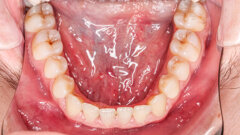
























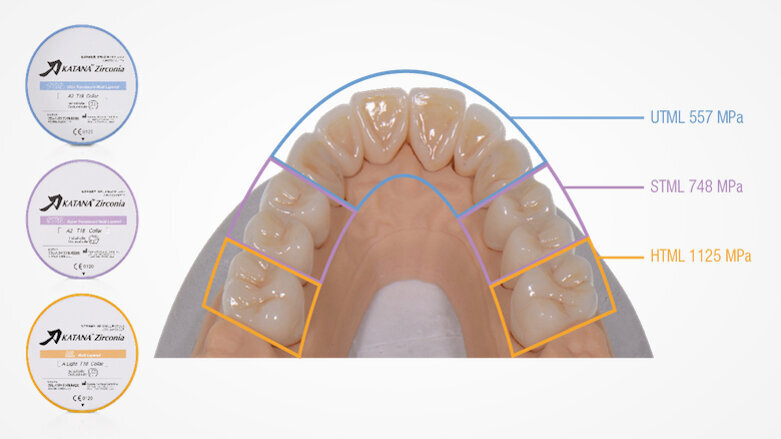

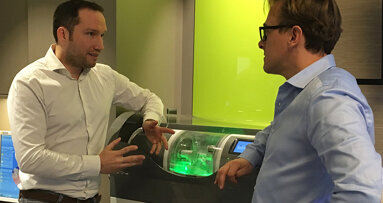
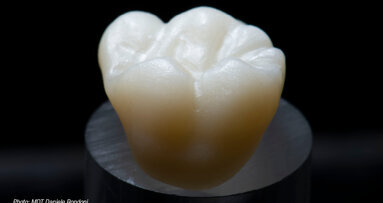
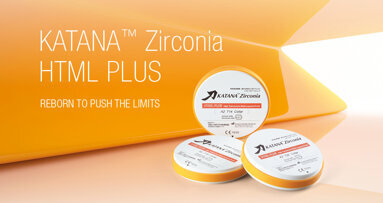
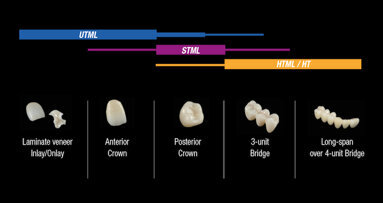
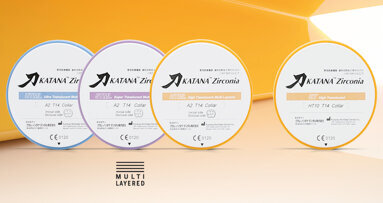
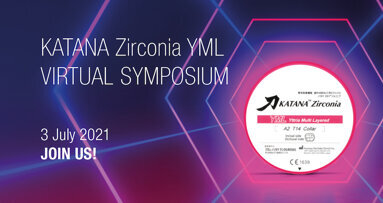
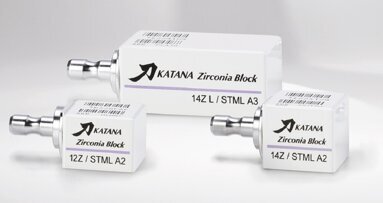
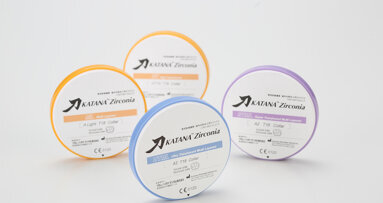
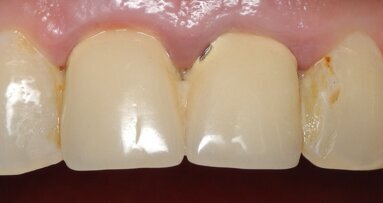
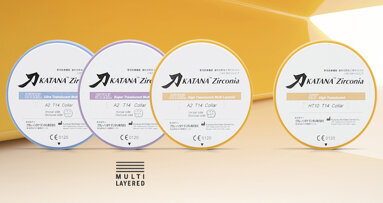








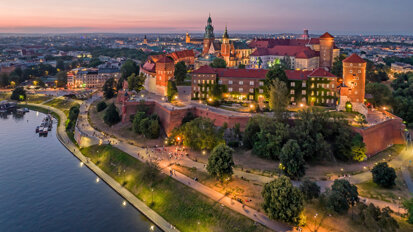
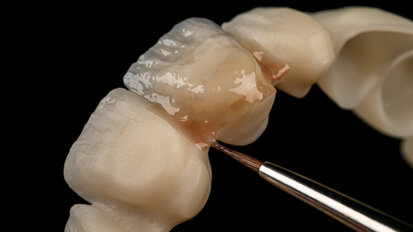
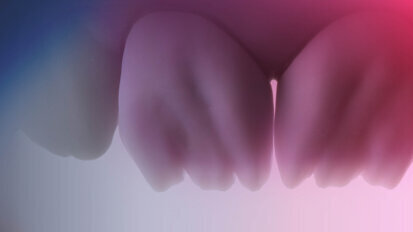
great job